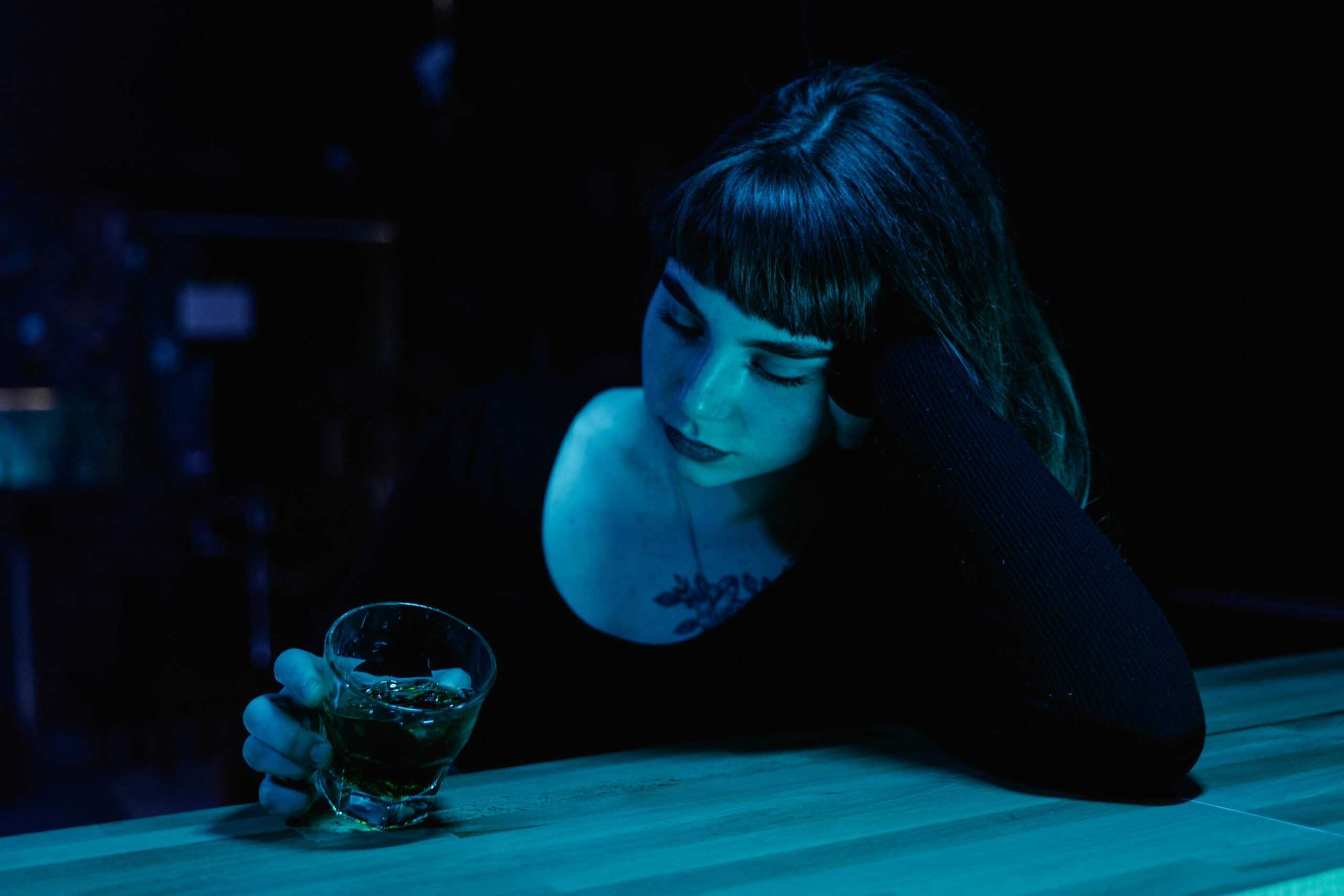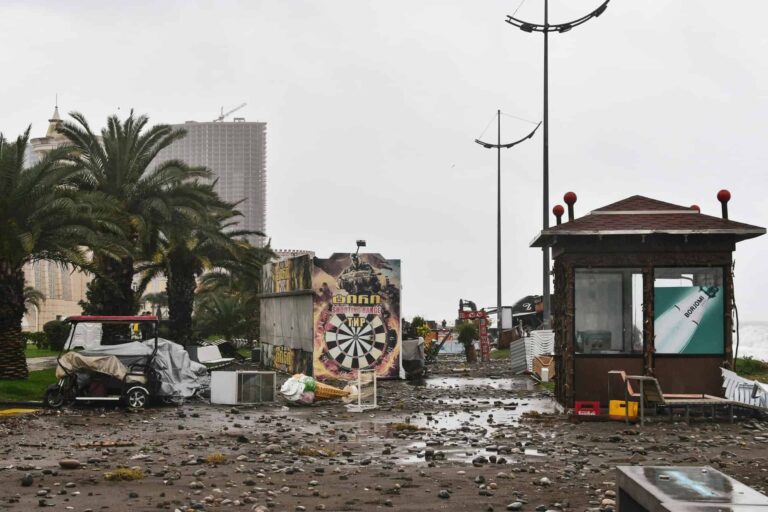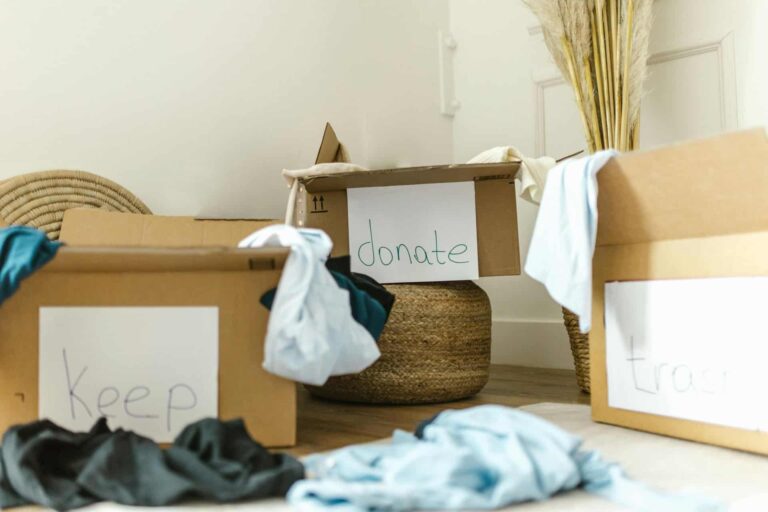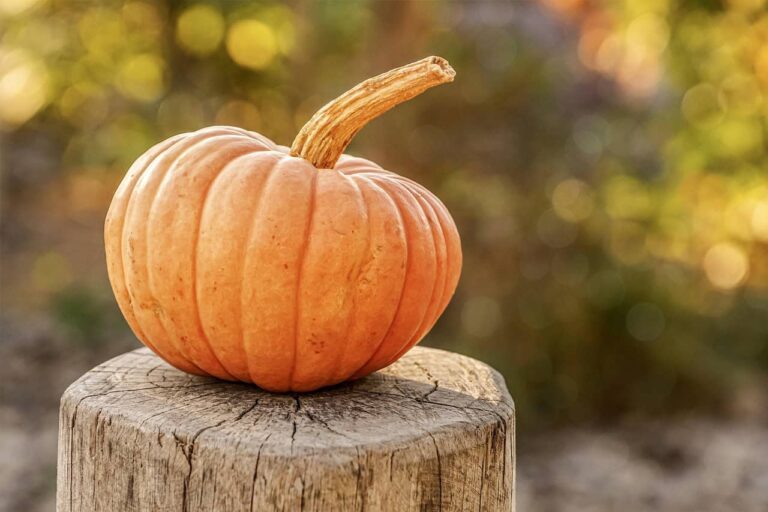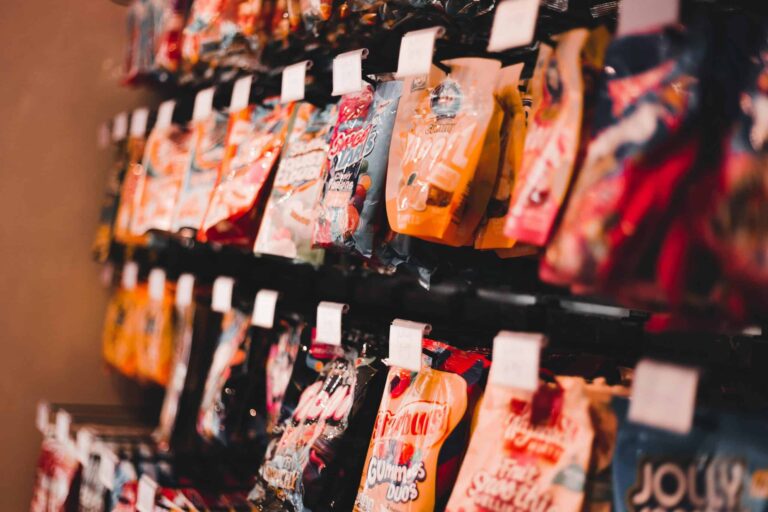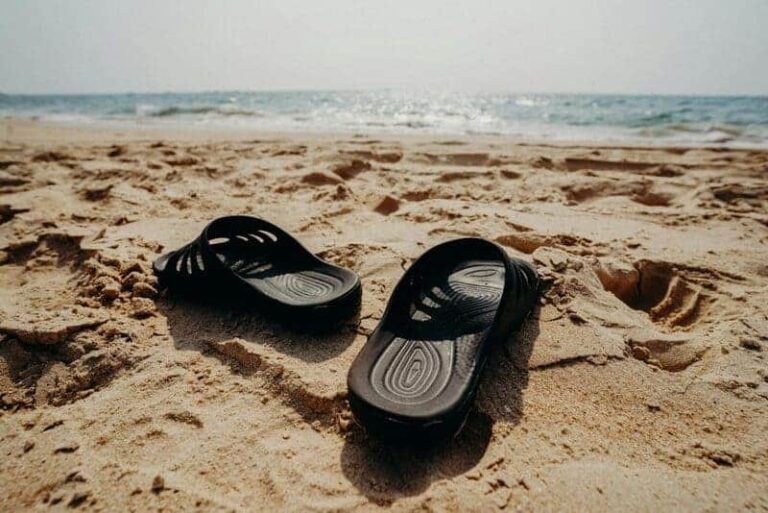Mocktails and Nonalcoholic Drinks Are Trending—But Are They Safe for Everyone Trying to Drink Less?
The nonalcoholic drinks industry has exploded. From craft nonalcoholic beers to Instagram-worthy mocktails, these beverages promise all the social fun of drinking without the hangover. But here’s what the glossy marketing won’t tell you: these seemingly harmless alternatives might not be as safe as you think.
The Hidden Truth About “Alcohol-Free” Drinks
Let’s get one thing straight—most nonalcoholic beers aren’t actually alcohol-free. They can contain up to 0.5% alcohol by volume, which is about the same as a ripe banana. While that sounds negligible, it’s enough to trigger serious problems for some people.
The bigger issue? These drinks are designed to fool your senses completely. They look, smell, and taste like the real thing. That’s not an accident—it’s the entire point of their appeal.
Why Some People Should Think Twice About Nonalcoholic Drinks
The Recovery Minefield
For anyone in recovery from alcohol addiction, nonalcoholic drinks present a psychological minefield. The sensory experience can trigger what experts call “euphoric recall”—when your brain suddenly remembers only the good parts about drinking while conveniently forgetting the consequences.
Dr. Joseph Lee, CEO of the Hazelden Betty Ford Foundation, puts it bluntly: these drinks “contain a lot of the alcohol-related cues” that can spark cravings. The ritual of holding a beer bottle, the familiar taste hitting your tongue, even the sound of a bottle opening—all of these can activate the same neural pathways that drove your original drinking habits.
The Slippery Slope Effect
What starts as “just a harmless nonalcoholic beer” can quickly become something more dangerous. Recovery experts see it repeatedly: people rationalize their way from nonalcoholic options to “just one real drink” to full relapse. The progression feels logical in the moment. If you can handle nonalcoholic beer without problems, why not try a low-alcohol option? If that goes fine, what’s wrong with one regular beer? Before you know it, you’re right back where you started.
Not Just for People in Recovery
Even if you’ve never had a drinking problem, these beverages carry risks worth considering. Some contain astronomical amounts of sugar—a single mocktail can pack more sweetness than a full day’s recommended intake. That’s a recipe for weight gain, blood sugar spikes, and other metabolic issues.
When Nonalcoholic Drinks Actually Help with Sobriety
Here’s the paradox: for some people, nonalcoholic drinks genuinely support their goals to drink less. Research shows that the majority of people who use these beverages successfully reduce their overall alcohol consumption through “zebra striping”—alternating between alcoholic and nonalcoholic options throughout an evening. The key difference? These individuals typically aren’t dealing with addiction or severe alcohol dependence. They’re social drinkers looking to moderate their intake, not people fighting for their sobriety.
The Marketing Problem Nobody Talks About
The nonalcoholic beverage industry has a vested interest in promoting these drinks as universally safe and beneficial. Their marketing rarely mentions potential risks or acknowledges that these products aren’t appropriate for everyone. The result? Millions of consumers are making decisions based on incomplete information.
What Health Experts Really Think
Stanford researcher Molly Bowdring, who studies nonalcoholic beverages, emphasizes that “these are probably not one-size-fits-all products.” Her research with people entering treatment for alcohol use disorder found mixed results—some found nonalcoholic drinks helpful, while others experienced increased cravings.
The consensus among addiction specialists? These beverages are more appropriate for people further along in recovery, if at all. For anyone in early sobriety, they recommend staying far away.
Making Smarter Choices About Nonalcoholic Drinks
If you’re genuinely trying to drink less and don’t have a history of alcohol problems, nonalcoholic options might work for you. But be honest about your motivations and monitor your reactions carefully.
For those in recovery or with a family history of addiction, consider genuinely alcohol-free alternatives that don’t mimic drinking culture. Herbal teas, flavored sparkling water, or fresh juices can satisfy cravings without the psychological triggers.
The Bottom Line on Sobriety and Nonalcoholic Beverages
The rise of nonalcoholic drinks represents both progress and peril. They’ve given some people tools to reduce their alcohol consumption and participate in social situations more comfortably. But they’ve also created new risks for vulnerable populations who may not realize the dangers until it’s too late.
As Dr. Lee puts it, “You really need to know yourself.” That means taking an honest look at your relationship with alcohol, understanding your personal risk factors, and making decisions that genuinely support your long-term health and wellbeing—not just what feels good in the moment.
Recovery isn’t just about avoiding alcohol. It’s about building a life that doesn’t revolve around the rituals and habits that once defined your drinking. Sometimes, that means skipping the nonalcoholic drink entirely and finding new ways to celebrate, relax, and connect with others.

